The North Coast of BC roughly encompasses the area from McInnes Island to Prince Rupert. McInnes Island is the northernmost point of the Central Coast, where we cruised last week. Before embarking this April, I hadn’t realized how large the north coast is, and how remote and unpopulated it is. It includes the Inside Passage, the “outer passage”, and many long inlets going inland.
Another thing we hadn’t realized is the Inside Passage is the motorboat route to Alaska, but the “outer passage” – the outer waterways around Price Island and Banks Island – are the sailable route. Many sailboats still travel on the motorboat route, but they generally don’t sail much. The good news is there are several points to switch between the two, and we’ve been sailing mostly on the outer passage part of the north coast.
[This post covers May 20-27, 2018. Technically Shearwater, where we start it, is part of the Central Coast – but it was our jumping off point to the North Coast.]
Shearwater
After Kayak Cove in Cultus Sound, we headed to Shearwater for water and reprovisioning. Drifting up Lama Passage we had a spectacular show by two humpbacks – a mama and its child. Lama Passage narrows to 1/4 mile and had a dozen fishing boats out trawling for spring salmon, so the humpbacks passed close to our boat and others.
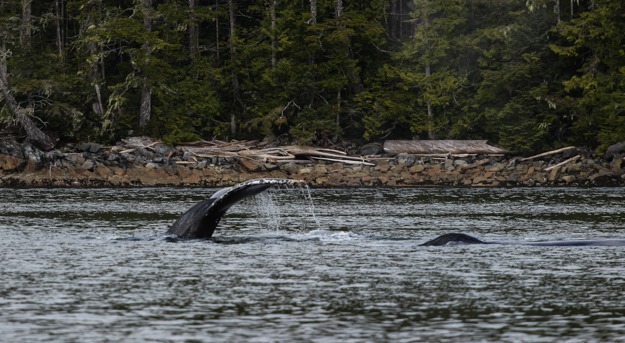

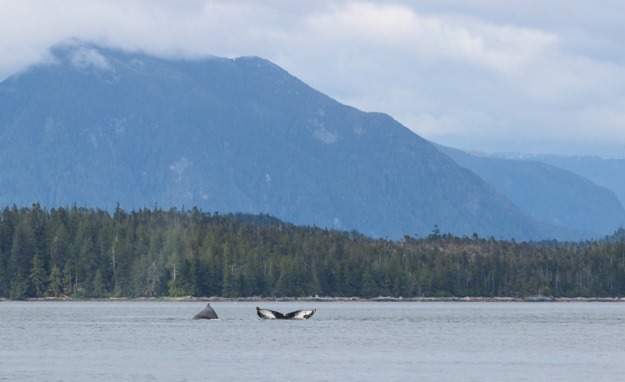
Anchorage Notes:
We were arriving late (6pm) so we anchored out with plans to go into the marina tomorrow. We had trouble finding a good place to anchor – the 3 shallow spots we hoped to use had log barges, log booms and floating docks in them. The main open bay anchorage is 60-70 feet deep, which requires switching to our 300 ft rope rode. But we hadn’t used it in 2 years and it wasn’t quite ready to go.
We decided instead to anchor in between Meadow Island and Cypress Island at the north end of the harbor, and it was a nice secluded anchorage in 40 ft, although a rocky bottom which took two attempts to get a good set in. We saw our first sandhill crane there.
Shearwater Marina
The next morning we pulled into Shearwater marina and chatted with the friendly wharfinger. He’s a sailor himself and had good recommendations on anchorages and how to cross Hecate Strait.
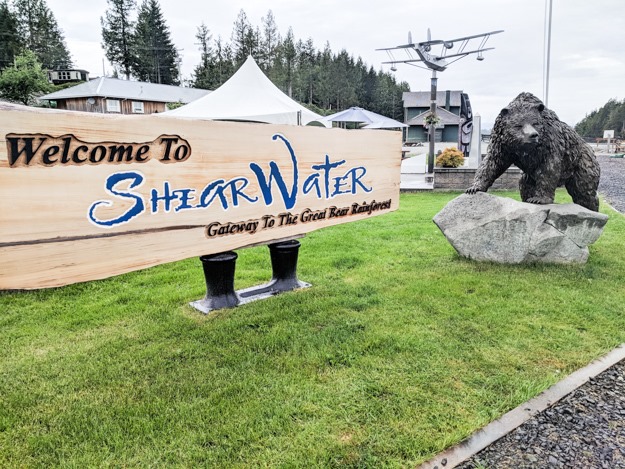
The small Shearwater grocery store was closed for a Canadian holiday, the Queen’s Birthday, so we took the water taxi over to Bella Bella and shopped at their large, well stocked grocery store (the resupply ship had just come in yesterday!). Prices are about 20% higher than Port Hardy, but that’s to be expected now that we’re in remote areas.
Shearwater was a fun stop and we chatted with several boaters – Shearwater is a cruising hub and boats are constantly coming and going. The large schooner “Passing Cloud” was heading to Haida Gwaii the next morning for a charter.
Mouat Cove, Berry Inlet
We left Shearwater on a rainy day with no wind. Although there was a southeasterly front last night, very little wind makes its way into the Shearwater / Bella Bella area or Seaforth Channel. Hecate Strait had 20 knots SE overnight but we barely felt 5 knots.
So this was the first day in a while that we didn’t have any sailable wind. We did an hour or two of slow sailing in 3 kts of wind and rain and when it dropped to 0, threw in the towel and motored to the anchorage.
Mouat Cove likely isn’t visited often, but we had read about it in the Douglass book – the cruising bible for the north coast of BC. It’s on the north side of Seaforth Channel, very well protected and was a nice place to wait out a rainy day.
In the morning as we were rising anchor, we saw a wolf trotting along the shore. Our first wolf sighting!
Sailing Around Price Island
The day dawned very foggy – we’ve been getting a lot of foggy mornings lately. We waited until the fog started clearing around 11am with a bit of breeze, and sailed out Seaforth Channel. We had a long day ahead because rounding Price Island means going through two sounds that don’t have a lot of anchorages (but plenty of rocks to watch out for!).
We had some pretty great sailing in 6 to 12 knots of wind though, sailing 40 nautical miles in about 8 hours. And we only had to do 3 tacks and 2 jibes, because the wind angle changes so much in the sounds that we got incredible lifts.
Exploring an Uncharted Anchorage
Our first choice anchorage was Rudolf Bay, on the west side of Price Island. It’s uncharted, but it was getting late (time to make dinner) and the Douglass cruising guide mentioned it. We approached with trepidation, seeing the 1-2 foot swell breaking on many rocks around the approach. Avoiding those was easy though because they’re charted up to the entrance to Rudolf Bay.
But as we were entering the bay through the narrow entrance we could see a wave breaking and roiling over a big submerged rock right in the middle of the entrance. It might be possible to sneak around it, but not knowing the extent of the rock we made the prudent choice to turn around. We had swell pushing us towards the entrance and not a lot of room to maneuver.
That was probably the scariest anchorage we’ve ever attempted. I realized there’s probably a good reason it’s not charted – even the Canadian Hydrographer’s survey vessel hadn’t wanted to attempt it!
Grant Anchorage
Fortunately there was a good anchorage about 5 nautical miles north, and we only had to avoid four well charted rocks and shoals in between. The west side of Price Island is an incredible complex of deep water mixed with suddenly rising seamounts – there are submerged rock spires in the middle of 300 foot depths. Most of it was formed by volcanic activity.
We found a nice nook in Grant anchorage and spent a calm night there.
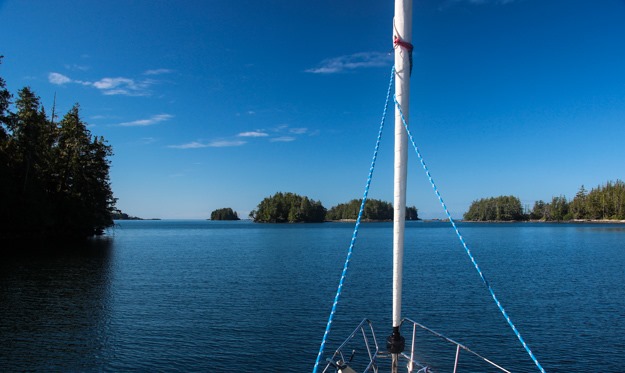
Laredo Channel
The next morning was beautifully sunny and we felt a bit of breeze in the anchorage so we raised anchor at 10am. It turned out we had jumped the gun though, and found only 0-3 kts of wind outside the anchorage. It was 15 kts NW out in Hecate Strait, but didn’t fill all the way in to Laredo Sound. We had a brief period of gusty 15-18 kts and then it went to zero.

A cruise ship, “Volendam” of Holland America, passed us as we slow sailed in Loredo Sound. Maybe they’d give us a tow?
There were enticing signs of 5-7 kts on the water though, always seemingly just ahead of us. We spent a very frustrating day catching wind for a bit and then drifting to the next wind patch. It took us 8 hours to go 16 miles. It was 6pm by then and we were fed up with the fluky wind, so we created an anchorage by the entrance to Kent Inlet.
There wasn’t much swinging room, but it worked. Fortunately the incoming southerly held off till 6am and we woke at 7 just as the anchorage was starting to get bumpy. We scrambled to get out of there and had a pretty fun downwind sail in 15 to 25 kts with torrential downpours and poor visibility.
Clark Cove, Princess Royal Island
We spent the next 3 days hiding out in Clark Cove while a gale raged overhead, sending sheets of windblown rain sideways against our boat. More on that in a separate post – Shelter from the Storm in Clark Cove, Princess Royal Island.
Gillen Harbor, Dewdney Island
Gillen Harbor was our staging point before crossing Hecate Strait to Haida Gwaii. Its advantage is it’s outside close to the strait, yet well protected. Other than that though I probably wouldn’t return to it except as a convenient stopping point.
Impressions of the North Coast
The portion of the outer north coast we explored was only a small fraction of the cruising grounds here. This is truly a remote area with very little boat traffic. If self sufficiency and untouched wilderness is what you seek, this is the place for it. In our week here, we only saw one boat at anchor (the last night at Gillen Harbor), and only saw one recreational (non-commercial) boat underway.
Perhaps our 3 days stuck in Clark Cove waiting out non-stop rain and gales is swaying my opinion, but I found the north coast a little bit underwhelming. There’s not a lot to do (no hiking, almost no towns, little shore access), and the outer waters are somewhat challenging due to swell and tidal currents – which meant we had our dinghy stowed on deck most of the time. It didn’t feel like we were cruising, it was more like we were in passage mode.
I think we’ll be back, but overall had more fun on the Central Coast. The North Coast feels more like a necessary stepping stone to get to Haida Gwaii or Alaska.



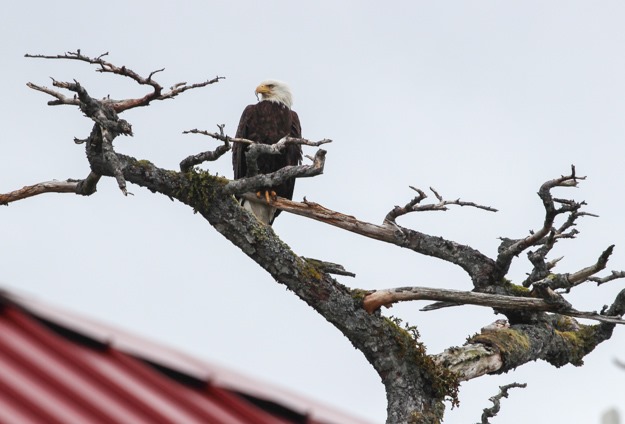
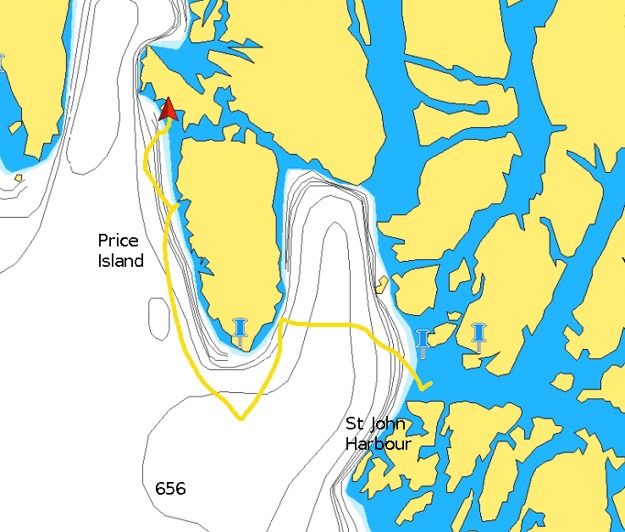
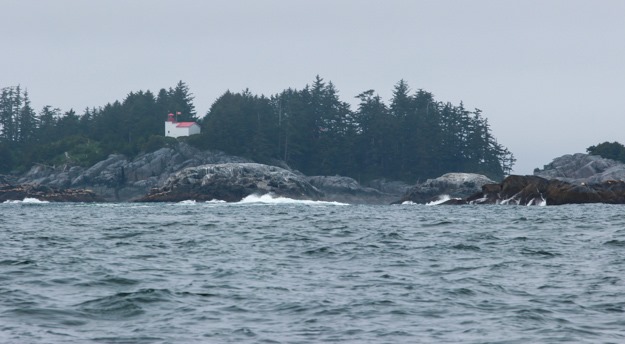
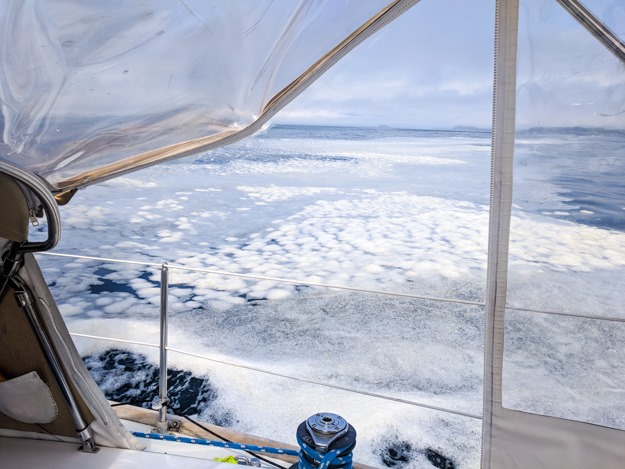
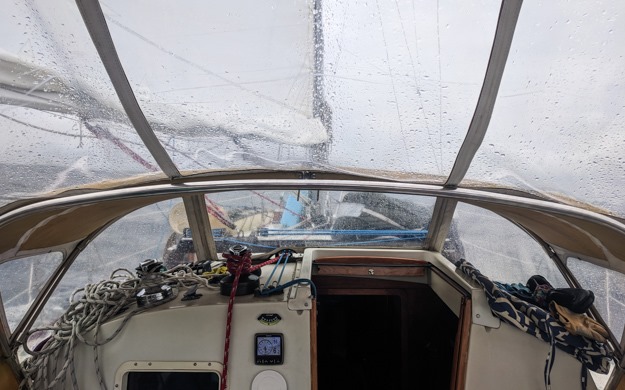
Really enjoying these, thanks!
Good to hear! I’m following along and rooting for your trip as well.